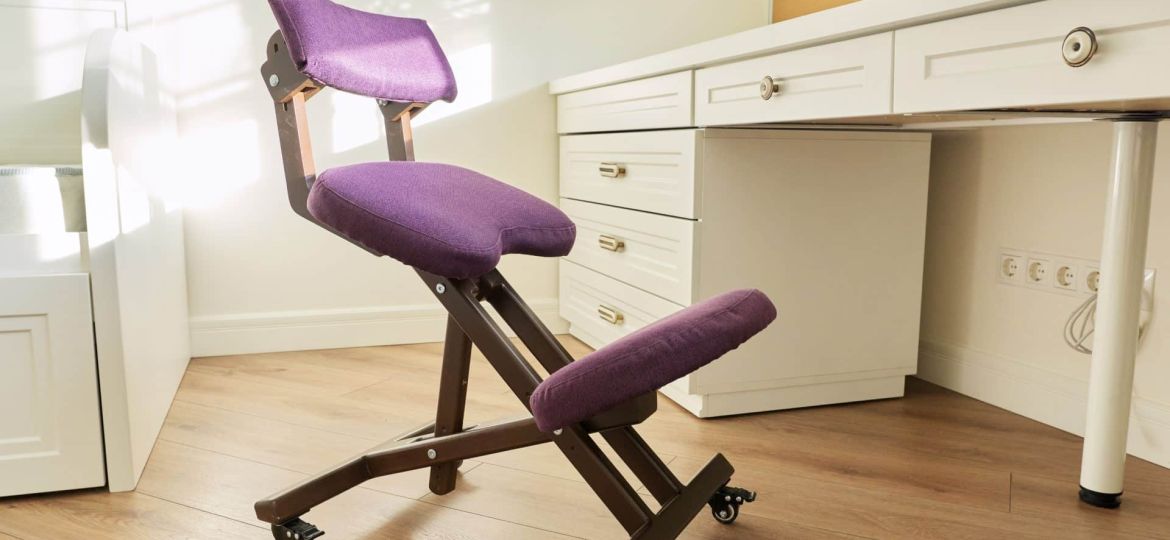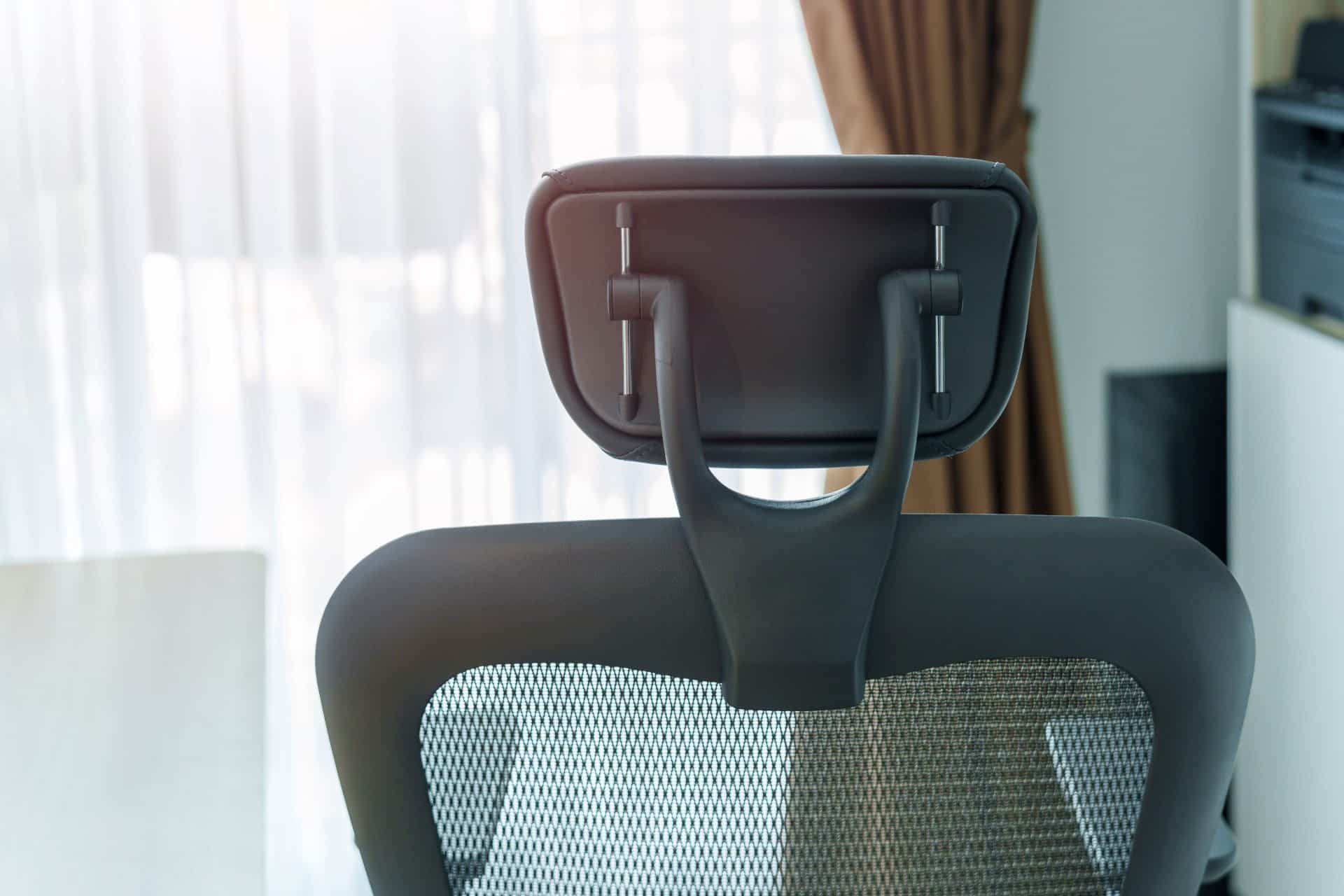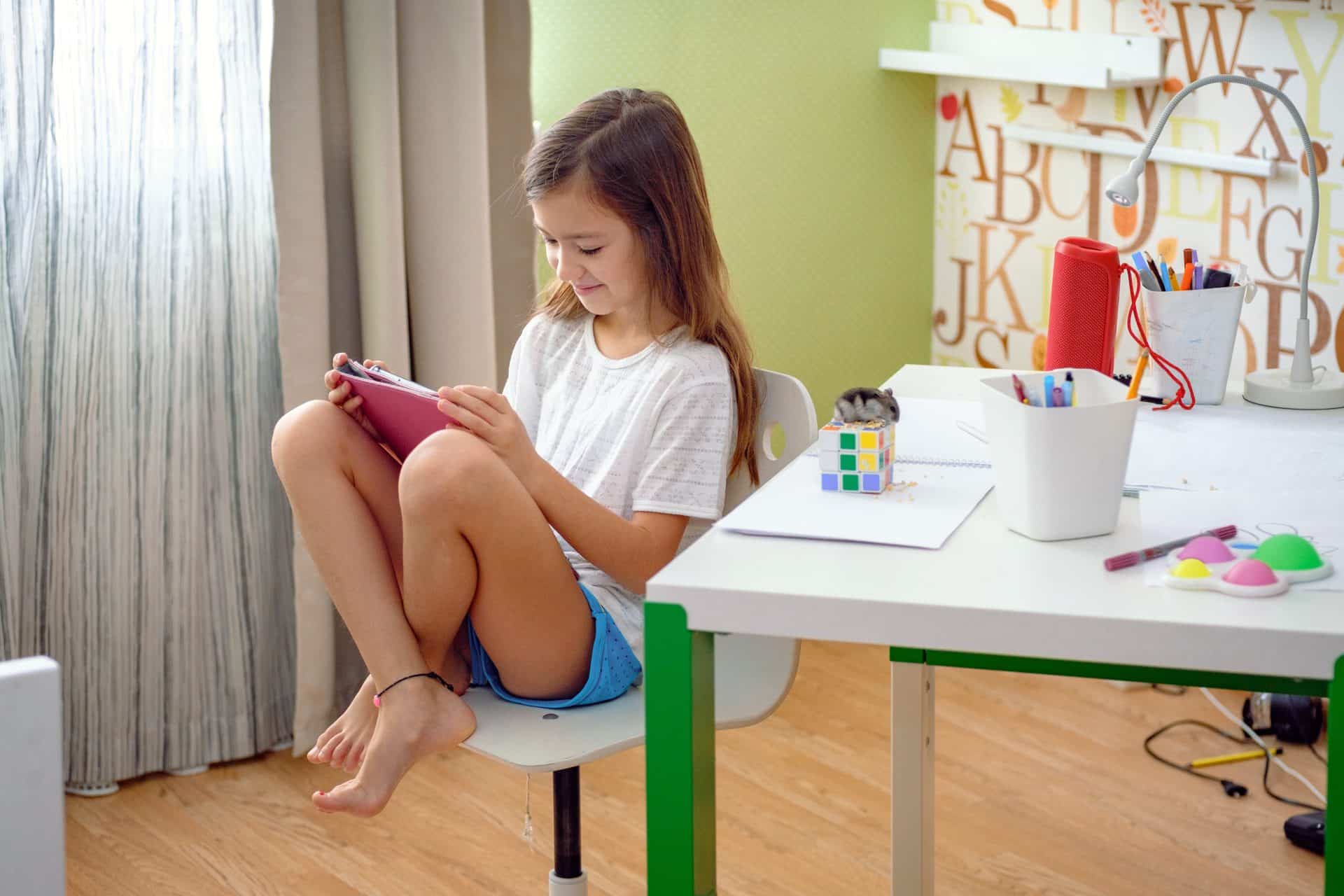
INTRODUCTION
Overcoming ADHD symptoms is often a challenge. Attention Deficit Hyperactivity Disorder, with or without hyperactivity, affects between 3% and 5% of adults and 3% to 9% of children in Canada (source: https://caddac.ca/wp-content/uploads/Comorbidities-Policy-Paper_Final_FR.pdf). Its symptoms can vary, even if they manifest differently. People with ADHD may have difficulty concentrating, show high impulsivity, and are also prone to being easily distracted by external stimuli. ADHD chairs help users better manage their symptoms. Ergonomically designed, they allow for discreet movements while remaining seated. Discover ADHD chairs and their benefits.
THREE CATEGORIES OF CHAIRS SUITABLE FOR PEOPLE WITH ADHD
ADHD can manifest in various ways daily, whether at home, the office, or school. Its main symptoms are inattention, impulsivity, and hyperactivity. This disorder can result in difficulty sitting still to complete an activity, a tendency to get up from a chair frequently, or being easily diverted from a task by external events.
ADHD chairs have features that help users focus and remain attentive while seated. Some models are designed to offer various seating options, such as sitting cross-legged, kneeling, or even squatting.
Other variants are equipped with a swivelling base or a rocking motion. In addition to offering a variety of seating positions, ADHD chairs can also provide ergonomic support to help maintain good posture and reduce back pain.
Many manufacturers design chair models with functionalities and qualities tailored to the needs of people affected by ADHD, whether adults or children:
-
SWING CHAIRS
This type of chair is suitable for children who have trouble sitting still to complete a task, such as those with neurodevelopmental disorders like ADHD. The swing chair, also called a swivelling or active chair, encourages user movement while keeping them seated. Children who use it can wiggle while maintaining a seated posture, promoting better concentration.
The swivelling chair is an excellent alternative to the traditional chair, as it is more ergonomic and perfectly suited to the needs of children. By allowing the user to move continuously without leaving their desk, this chair promotes concentration and relaxation and makes learning pleasant and engaging. Unlike a classic chair, it also prevents slouching, improves spinal positioning, and strengthens the core and back.
The Studico Active Chair is a swivelling stool with numerous benefits for children with ADHD. Its mechanism allows for gentle rocking, which helps young users stay attentive and focused for extended periods.
-
ERGONOMIC CHAIRS FOR HOME OR OFFICE
These accessories, such as the Pipersong chair, a meditation chair, or the kneeling chair developed by Sleekform, are designed to impact concentration positively. Their design ensures that users do not remain in a static position for long. These chairs have various adjustment options that simplify position changes and help users sit cross-legged, squat, or in other postures, depending on the model used.
Thanks to their different features, users can move according to their needs and adjust their posture for comfortable seating. This is conducive to better concentration and promotes good blood circulation, improving users’ health and well-being.
Sleekform and Pipersong are among the best-known manufacturers. These brands produce models suitable for home or professional use. Their chairs can help people with ADHD.
-
ERGONOMIC CHAIRS DESIGNED FOR PROFESSIONAL ENVIRONMENTS
Some ergonomic chair models are designed to adapt to workers, workstations, and tasks. They promote proper and healthy posture, especially during long periods of professional sitting. An ergonomic chair not only provides comfort but also aims to prevent potential health problems that prolonged sitting can cause, such as back pain, muscle aches, varicose veins, neck stiffness, leg numbness, and other issues ranging from diabetes to cardiovascular diseases, as well as disorders like ADHD.
These accessories are usually accompanied by various options that allow them to be adjusted to different body types and professions. Seat height, backrest, depth, width, and armrests can be adjustable. This type of chair also offers solid back support, particularly in the lumbar region, without creating pressure points that could restrict blood circulation.
ADHD CHAIRS, MEDITATION CHAIRS, AND ERGONOMIC CHAIRS: SIMILARITIES AND DIFFERENCES
Although they share similar features, meditation chairs, ergonomic chairs, and ADHD chairs are designed to meet different needs:
- A meditation chair is designed to provide support and comfort when the user maintains a static position necessary for meditation. This accessory promotes both comfortable and prolonged sitting and proper spinal alignment.
- An ergonomic chair offers optimal comfort during long periods of sitting, reducing muscle tension and promoting good posture.
- A chair designed for people with ADHD often combines the characteristics of meditation and ergonomic chairs with additional elements to enhance concentration and reduce restlessness.
These three types of chairs may share standard features, such as an adjustable backrest that adapts to the natural curve of the spine, an adjustable seat, or a tilting mechanism that adjusts seat inclination.
WHY USE ADHD CHAIRS?
ADHD chairs can meet the specific needs of children and adults affected by Attention Deficit Hyperactivity Disorder. These accessories help users better manage their symptoms and improve their quality of life by allowing them to sit longer and more comfortably while providing sensory stimulation. These chairs improve concentration by reducing distractions and promoting a stable posture by offering suitable seating and allowing for micro-movements.
With an ADHD chair, blood circulation is stimulated, and brain oxygenation is increased, enhancing attention and focus. Its optimal ergonomics also reduce fatigue and alleviate potential back pain, contributing to users’ well-being. Feeling more comfortable and focused thanks to an ADHD chair also improves mood and self-esteem, positively impacting overall quality of life.
Other solutions, such as standing desks and desks with pedals, can also be considered for people with ADHD. Working in a standing position can improve concentration and alertness while increasing productivity due to better oxygen flow to the brain. Using desk pedals can help channel physical energy and reduce distractions, allowing for better focus on tasks. Regular leg movements when using a desk pedal can help maintain engagement and attention, unlike the fidgeting or boredom felt in a static seated position.
HOW DO YOU CHOOSE THE RIGHT ADHD CHAIR?
Many ADHD chair models are available in specialized stores. Because the needs of people with ADHD can be diverse, the chair must be suitable.
-
FLEXIBILITY
Choose models that allow for frequent position changes. Whether you plan to use the ADHD chair for a child, at work, or home, select one that provides comfortable foot placement, whether one or both feet. The chair should also be adjustable to accommodate different heights and positions.
-
ERGONOMICS AND FEATURES
Ideally, choose a chair that allows access to different postures. Depending on your needs, the ADHD chair should allow you to sit cross-legged or in a tailor’s position. If your back is sensitive, opt for a chair that provides optimal support to maintain proper alignment.
People with ADHD may need to move more frequently. When searching, prioritize a chair with a wide range of adjustments, such as easily adjustable seat height and depth and a reclining backrest. The chair suited for a person with ADHD should also facilitate position changes and rotation while remaining seated.
CONCLUSION
Combining several solutions allows for optimal management of disorders like ADHD. Neurofeedback is a noninvasive method that trains the brain to regain optimal functioning and improve behaviour and skills in affected individuals. In addition to this intervention, using an ADHD chair greatly helps improve concentration and overall well-being.



